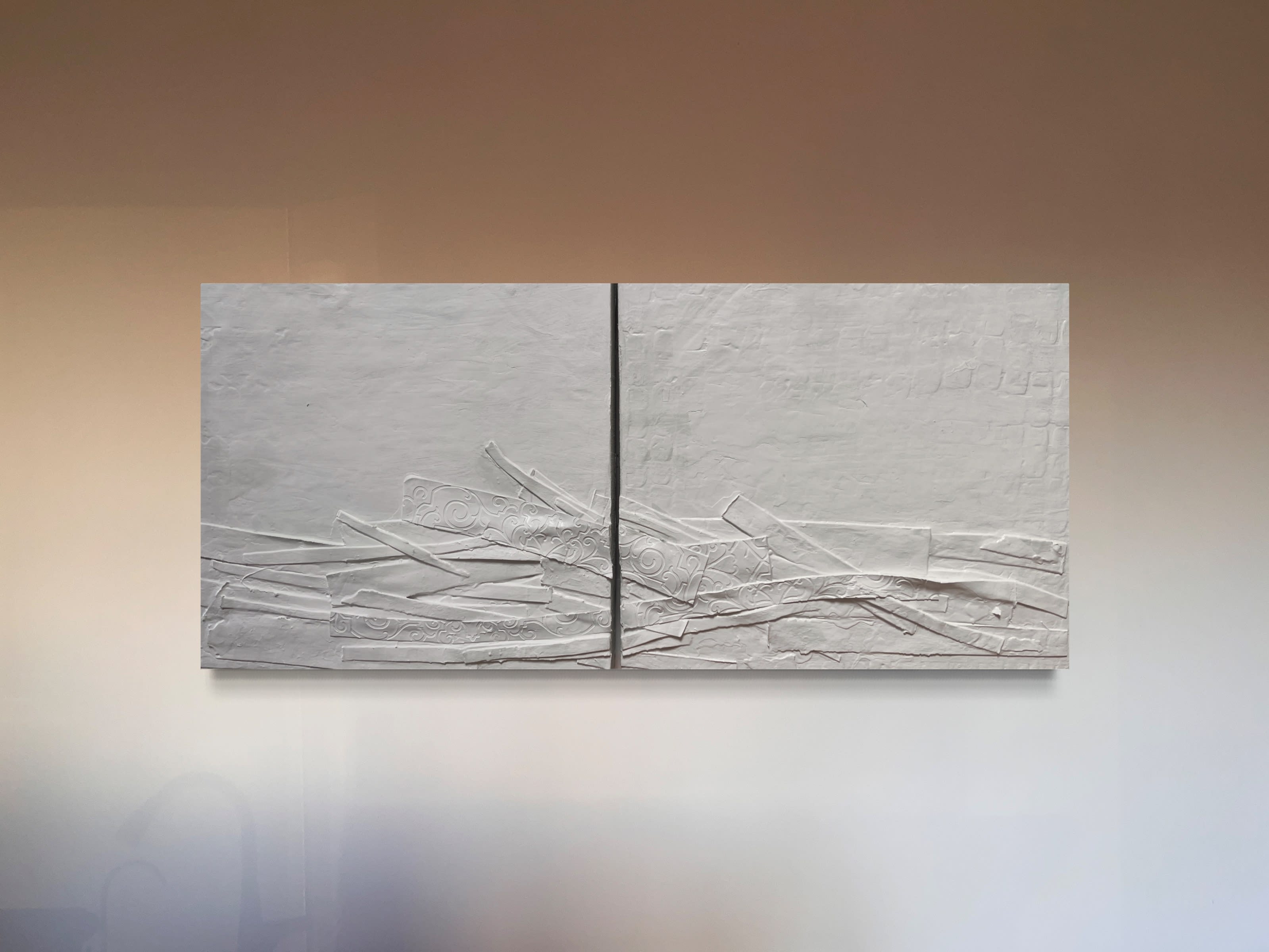
Especially when it comes to the contemporary field, what exactly is or isn’t art is sometimes debated; at times it can seem to be a matter of simply deciding that “it is art because I say so.” But what is art and what makes it ‘fine’?
Essentially, when asking what is fine art, the notion of “art for art’s sake” is key: art created from the innate desire for creative expression, not on commission or for utilitarian purposes. It is distinct from craft, decorative art or applied art, which also serve practical functions. In this sense, the term ‘fine’ doesn’t necessarily refer to the work’s quality but rather to its purely artistic intention and integrity, free from concerns of functionality.

Fine art has also been defined as “a visual art considered to have been created primarily for aesthetic and intellectual purposes and judged for its beauty and meaningfulness, specifically, painting, sculpture, drawing, watercolor, graphics, and architecture.”
Traditionally, the fine arts comprise the following genres:
-
painting
-
sculpture
-
architecture
-
music
-
poetry
It is only in architecture that a practical use of the work was accepted. Even among these categories, there has been a hierarchy of genres, depending on how much creativity and imagination would be required. For example, a painting depicting a historical event and characters with complex emotions would be considered superior to a still life painting.
A Brief History of Fine Art
As a concept, fine art typically only refers to Western art, originating from the European academic tradition. Several scholars trace the notion back to the early modern period and place its invention in the 18th century. Before, the meaning of the term ‘art’ corresponded to ‘skill’ and described craftsmanship more than creative impulse and imagination. The Romanticism movement of the 19th century, which saw a dedication to beauty and the sublime, significantly advanced and helped establish the idea of art not primarily as skilled labor but as the pursuit of free expression.
Artists increasingly worked according to their own artistic motivations, independent of exterior demands of utility or the restrictions imposed by patronage. Following this definition, some of the most famous artworks that tend to come to mind, like Leonardo da Vinci’s “Mona Lisa” (circa 1503–1506), are strictly speaking not works of fine art, because they had been commissioned by patrons; they don’t adhere to the purity of the artist’s free expression that defines fine art. But artworks like Johannes Vermeer’s “Girl with a Pearl Earring” (circa 1665) or Vincent van Gogh’s “Starry Night” (1889) or Frida Kahlo’s “Wounded Deer” (1946) are famous examples of fine art paintings.
Although there has been opposition to dividing between the ‘pure’ fine arts and useful applied arts, the market still shows a clear distinction. Over the 19th and 20th centuries and until today, works of the traditional fine art genres tend to obtain higher prices compared to those of the decorative and applied arts, and continue to hold a special appeal and an air of purity and prestige. Especially in the US, the term is also used in higher education, differentiating fine art courses from craft or applied art studies.
Fine Art and Contemporary Art: An Evolution
Historically, beauty and aesthetics, as freely pursued by the artist, were the central characteristic of fine art. The advent of modernism in the late 19th to mid-20th century and avant-garde movements of the early 20th century broke with past traditions and sought new forms of expression, shifting the focus to the conceptual and intellectual meaning of the work. Nowadays, fine art is not only about the aesthetic sensibilities of a refined taste, but importantly also about challenging concepts of art. For instance, Marcel Duchamp’s “Fountain” of 1917 is not a typical example of the pursuit of beauty, but a conceptual exploration of the limits of art, expanding the definition of art. An expression of intellectual and artistic freedom, it is a poignant example of fine art.
Thus, the notion of fine art continues to evolve over time, and new movements push the boundaries of what is fine art. The line between fine art and applied art has been blurred, and the hierarchy of high art as superior to low art has been called into question. Nevertheless, the genres we typically think of when referring to fine art have remained roughly the same, with more recent additions like photography, film and video, installation, and prints.
At Markowicz Fine Art, we are fascinated by and dedicated to the best of fine art, from more classical to cutting-edge contemporary expressions. When browsing our fine artworks, you will find genres such as modern paintings, from abstraction to pop art and hyperrealism, pushing the limits of fine art while remaining devoted to the expressive and artistic freedom that defines art for art’s sake.
